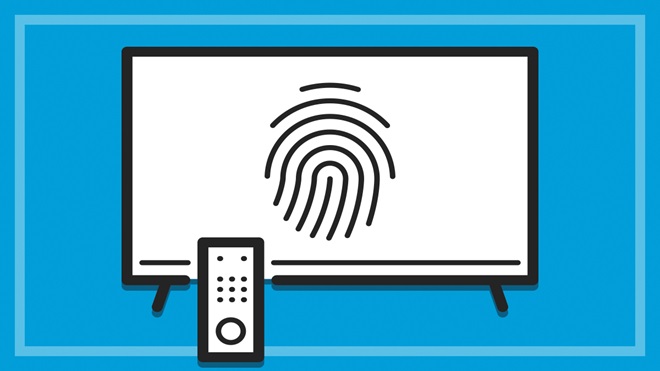Dr Alexa Scarlata and Associate Professor Ramon Lobato are researchers in the ARC Centre of Excellence for Automated Decision-Making and Society. Their research examines consumer issues in smart TVs, streaming services and TV operating systems.
The amount of personal data collected by media devices and services is extensive, and smart TVs are no exception.
Many Australians are likely unaware that they have agreed to data collection during their TV's set-up. Data is used by manufacturers to personalise your experience, but also to sell advertising and build data profiles for third-party marketers.
Here we help you decide what data you need to hand over to your TV and what you can say no to.
Using your TV in 'dumb' mode
It is entirely possible to use a smart TV for offline use only – for watching traditional broadcast TV, or as a display for gaming consoles or media players.
This is the safest option for the very privacy-conscious. TVs that are not connected to the internet cannot share your data – although some brands (including recent Kogan and TCL models) will still require you to agree to terms and conditions, privacy notices or vague disclaimers in order to use basic TV functions.
Of course, most people use a smart TV precisely for its smart functionality and want to connect it to the internet. In our research at RMIT University, we found that 94% of Australian smart TV users access online services, which means we are also feeding our data into platform ecosystems.
So let's take a look at how your data is collected.
Data collected during set-up
During set-up, most TVs will ask you to create or log in to an account with the manufacturer or platform operator (such as a Samsung, LG, Google or Hisense VIDAA account). This allows the TV to link you to your other services and devices from that same brand or platform, such as smart speakers or internet refrigerators.
Information collected at this stage may include your email address, home address, date of birth, credit card number, and the streaming services you subscribe to.
Signing up for a manufacturer account is often presented as affording you extra benefits or enhanced features, when in fact it makes little difference to the user experience, as far as we can tell. This is an example of a manipulative dark pattern in interface design.
You don't generally need an account to watch free-to-air TV, so feel free to skip this step if all you want to do is watch ABC or Nine. However, you will need a manufacturer account to download any apps that aren't pre-installed on your TV.
Keep in mind that if you have a Google TV, you won't even be able to access the home screen without a Google account.
Data collected during use
Significant amounts of user data are also passively collected while you are using your smart TV.
The data collected at this stage includes the apps you download, which services you use (and when), and how you navigate around the TV's interface.
This data is shared with a wide range of third-party services, including data brokers and ad-tech platforms and/or integrated into existing customer data profiles arising from shopping and web searches.
Activating your voice assistant enables the device to listen to your conversations and household sounds while it is trying to capture your instructions
And if you have consented to Automated Content Recognition (ACR), the TV will also be able to see what you watch within each app, and send this information back to the manufacturer and/or platform operator.
Finally, activating your voice assistant enables the device to listen to your conversations and household sounds while it is trying to capture your instructions. This is necessary to use voice features but has been cause for concern in the past.
How can I protect my data but still use my smart TV?
Many Australians are providing their smart TVs with more personal information than they need to.
There are a few things you can do about this.
First, look carefully at whether the information you're being asked for during setup is required to use the device or just being requested. Can you skip through to the next window instead of agreeing? Which boxes are pre-ticked – and which can be unticked – before you "Accept all"? Many data requests can be declined without impacting your TV's functionality.
Second, only consent to the terms and conditions for features you are likely to use. For example, if you don't use the TV's voice assistant then you may not need to turn this feature on.
Only consent to the terms and conditions for features you are likely to use
Third, get to know your privacy settings. Our research indicates that more than half of Australian smart TV users don't check their privacy settings, which is understandable because these may be buried deep in the menus. We suggest pressing the settings button to find out what you can opt-out of or disable. For example, ACR can typically be disabled so that you are not sharing your viewing with the manufacturer and its advertising partners.
With these few quick tweaks, you can significantly protect your privacy and reduce the amount of data your TV collects.
We're on your side
For more than 60 years, we've been making a difference for Australian consumers. In that time, we've never taken ads or sponsorship.
Instead we're funded by members who value expert reviews and independent product testing.
With no self-interest behind our advice, you don't just buy smarter, you get the answers that you need.
You know without hesitation what's safe for you and your family.
And you'll never be alone when something goes wrong or a business treats you unfairly.
Learn more about CHOICE membership today
Stock images: Getty, unless otherwise stated.




